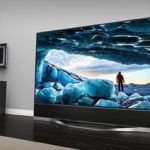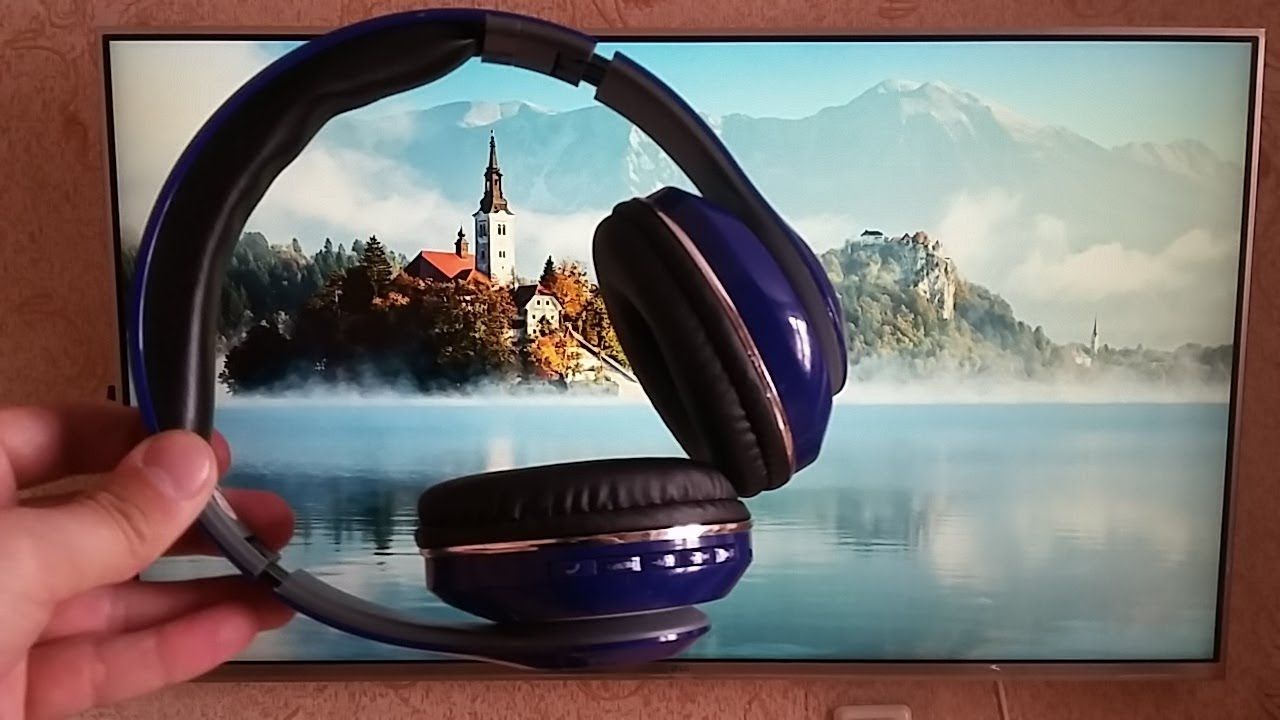What type of screen is best for a TV?
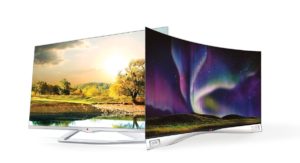 When choosing a TV, buyers mainly pay attention to screen resolution and diagonal. But don’t forget about the display matrix, because the image quality depends on its parameters, which is very important. No matter how large the screen is, if it’s unpleasant to look at a fuzzy picture, then it’s impossible to get pleasure from using such a TV.
When choosing a TV, buyers mainly pay attention to screen resolution and diagonal. But don’t forget about the display matrix, because the image quality depends on its parameters, which is very important. No matter how large the screen is, if it’s unpleasant to look at a fuzzy picture, then it’s impossible to get pleasure from using such a TV.
The content of the article
Screen types
Screens are divided into several types according to manufacturing technology. The difference between them is easy to notice. With the advent of new developments, picture tubes with cathode ray tubes ceased to be popular, and then completely disappeared from the household appliances market.
Liquid crystal display (LCD).
__1.jpg) Most modern televisions have liquid crystal matrices, which have displaced expensive plasma panels from the market. The operating principle of LCD displays is to change the location and control of the light flows of liquid crystal molecules. This is due to the distortion of the image when looking at it from the side.
Most modern televisions have liquid crystal matrices, which have displaced expensive plasma panels from the market. The operating principle of LCD displays is to change the location and control of the light flows of liquid crystal molecules. This is due to the distortion of the image when looking at it from the side.
There is a wide range of LCD TV models of different parameters and sizes. The cost of technology is affordable for everyone. The main advantages include ease of operation and physical lightness and subtlety. If handled correctly they have a long service life.
Liquid crystal displays display insufficient black depth and with a poor signal, the image is greatly distorted.In pictures with movement, you may notice blur.
LED displays
Displays with LED technology are liquid crystal displays, but have LED backlighting. They have become widespread due to the advantages of image quality. There are two types of backlighting: contour and direct. With contour LEDs are located along the entire perimeter of the screen, and they direct light to the middle of the screen. The cost of direct backlit TVs is higher due to their similarity to LCD technology.
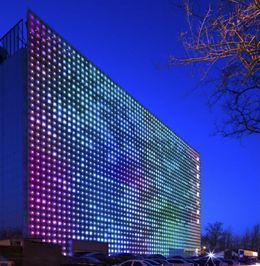 The displays display images in high quality, improve contrast and reproduce colors clearly. Thanks to manufacturing technology, it has become possible to make the screen even thinner and more compact, which is convenient for placement on the wall. The disadvantage is their high cost.
The displays display images in high quality, improve contrast and reproduce colors clearly. Thanks to manufacturing technology, it has become possible to make the screen even thinner and more compact, which is convenient for placement on the wall. The disadvantage is their high cost.
OLED
The next generation of OLED matrices are powered by organic light-emitting diodes, which provide increased accuracy of light transmission. They don't need backlighting - they emit light themselves, so it's not the screen that's illuminated, but every pixel. They convey color particularly accurately, in 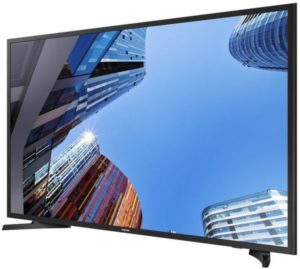 including deep rich. They have a clear image when the picture is moving, and the viewing angle is wide. For all the advantages, the TV is expensive, and the model range on the market is limited to a small selection.
including deep rich. They have a clear image when the picture is moving, and the viewing angle is wide. For all the advantages, the TV is expensive, and the model range on the market is limited to a small selection.
Plasma TVs
The display works thanks to gas-filled sealed cells. Thanks to this design, the screen provides a clear and bright picture and maintains image quality under different lighting conditions. But it is impossible to make them compact; the minimum possible diagonal is 32 inches; accordingly, the energy consumption is higher.
Helpful tips on choosing the right screen types
Before choosing a TV, you should decide on the type of display technology.You also need to know the most important criteria for a modern TV that you can focus on when purchasing a device.
- The image quality depends on the screen resolution. There are two main formats: HD and Full HD. They allow you to see small details on large diagonal TVs, but on small devices the differences will be practically invisible.
- The manufacturer plays a big role. Japanese companies have been known for several decades for their reliable technology. But there are also many brands that produce high-quality TVs, for example, Samsung, LG, Toshiba. But it is worth considering that the popularity of the brand affects the price.
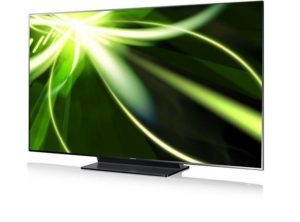 Availability of connectors for connecting multimedia devices. If there is an HDMI port, you can expand the functionality of the device by synchronizing the TV with a computer or smartphone. The USB connector makes it possible to connect a flash drive or other storage devices and play the files on them.
Availability of connectors for connecting multimedia devices. If there is an HDMI port, you can expand the functionality of the device by synchronizing the TV with a computer or smartphone. The USB connector makes it possible to connect a flash drive or other storage devices and play the files on them.- Thanks to 3D support, you can watch movies and shows in three-dimensional projection, as close to reality as possible.
- The Smart TV function turns the TV into a full-fledged computer with Internet access, allowing you to download various applications and games.
- When choosing, you should also pay attention to the response time of the matrix. This option is especially relevant on LCD displays, especially when there is rapid movement on the screen. If the response time is long, then a trail of an object in motion will be visible on the screen. The optimal time for this setting is between 2 and 10 ms.
Although there are a large number of TVs in the market with different types of screens, they cannot compete.Each type has its best advantages and disadvantages with a noticeable difference in the price range. The choice of equipment depends on the buyer’s budget, as well as the functionality and image quality he needs.



